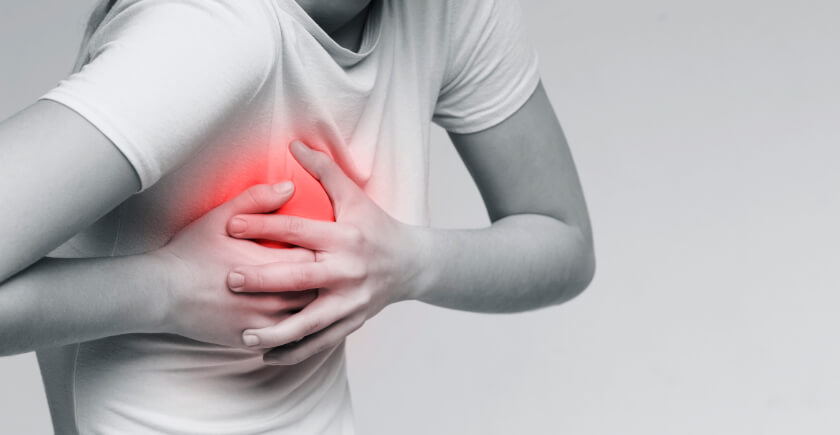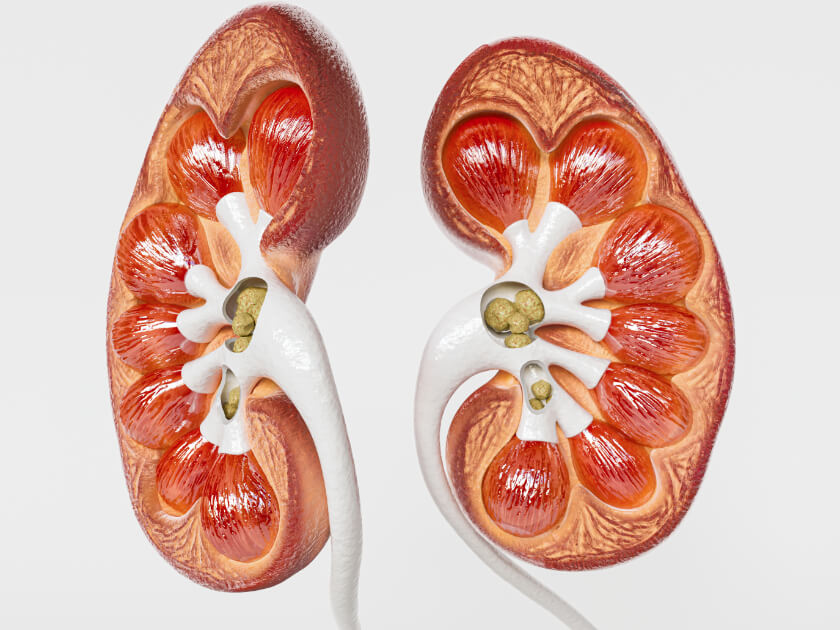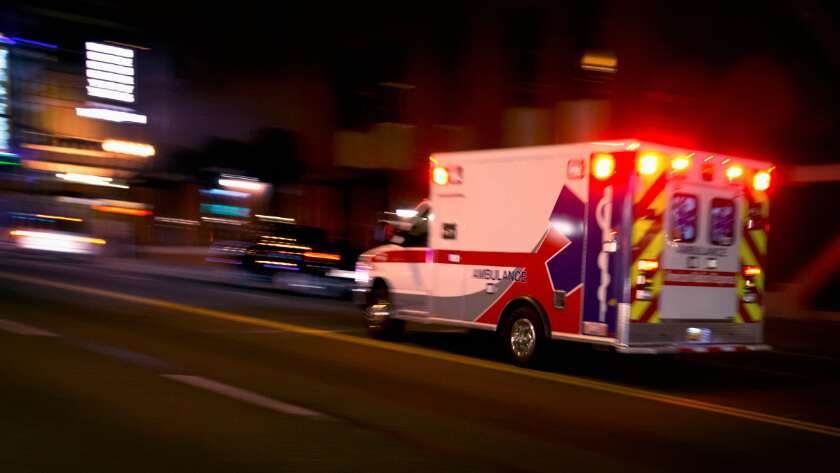
September is Childhood Cancer Awareness Month

While childhood cancer is rare, it is the leading cause of disease-related death in children ages 1 to 14. Each September, a number of childhood cancer organizations from around the world work to increase awareness about this devastating group of diseases. Various organizations hold events, display gold ribbons, or participate in fundraisers that helps support research/advocacy and provide resources to families.
In 2022, doctors in the United States will diagnose 10,470 new cases of cancer among newborns and children up to 14 years old, according to estimates by the National Cancer Institute. Cancer will claim about 1,050 children in 2022. The good news is that cancer death rates among children in this age group have declined by 71 percent since 1970, largely due to improvements in treatment; early detection also plays a role. Raising awareness can help promote early detection by helping people recognize the various types of pediatric cancer and the symptoms they cause, and by supporting patients and families on their journey through cancer diagnosis and treatment.
Types of Childhood Cancer
Like adult cancer, childhood cancer is a disease that involves the rapid growth and spread of abnormal cells to other parts of the body. Doctors diagnose the type of cancer by determining where the abnormal cells originated.
Leukemia
Leukemia is the most common type of cancer in children, accounting for about 28 percent of all childhood cancers. Death rates have plummeted 84 percent since 1970.
Leukemia is an umbrella term for cancers of the blood cells; doctors classify the type of leukemia based on the type of blood cell becomes cancerous and how quickly it grows. Acute lymphocytic leukemia (ALL) is a fast-growing type of cancer affecting immature lymphocytes, which are white blood cells that are important to the immune system; ALL is the most common type of childhood leukemia, accounting for 3 out of 4 cases of leukemia in children.
Symptoms of childhood leukemia include:
- Pale skin
- Feeling weak, tired, or cold
- Headaches
- Dizziness
- Shortness of breath or trouble breathing
- Frequent infections or infections that take a long time to go away
- Fever
- Easy bruising or bleeding, such as bleeding gums or nosebleeds
- Abdominal swelling
- Bone or joint pain
- Swollen lymph glands
- Poor appetite
- Unintended weight loss
Brain and central nervous system (CNS) cancers
Brain and spinal cord cancers are the second most common type of childhood cancers, accounting for about one in four pediatric cancer cases. Doctors diagnose about 4000 pediatric brain or CNS tumors each year.
Tumors can increase the pressure inside the skull to cause symptoms, such as:
- Headaches, especially those that get worse over time
- Seizures – often the first sign of brain tumors in children
- Nausea and vomiting
- Crossed eyes or blurred vision
- Behavior changes
- Balance problems
- Drowsiness or even coma
Lymphoma
Childhood lymphoma is rare, accounting for about 8 percent of all childhood cancers. Lymphoma is a type of cancer that begins in the lymph system, which is a group of organs that produce, store, and carry white blood cells that fight infection. These organs include the spleen, tonsils and adenoids, thymus, and lymph glands in the neck, underarms, stomach, and groin.
There are two main types of lymphoma, Hodgkin and non-Hodgkin, categorized according to the type of blood cells that become abnormal.
Symptoms of lymphoma include:
- Swollen glands in the neck, underarm, stomach, groin, or testicles
- Night sweats
- Fever
- Feeling tired
- Unintended weight loss
- Itchy skin
- Cough and shortness of breath
- Chest pain
- Poor appetite
- Abdominal swelling
Diagnosis and Treatment of Childhood Cancer
Diagnosis always starts with a thorough examination, a review of the child’s symptoms, and blood tests and imaging. A blood test can detect the abnormal blood cells of childhood leukemia, for example, while magnetic resonance imaging (MRI) can show a brain tumor or cancer of the spinal cord. Imaging can often detect cancer in its early stages, even in children who do not have symptoms, and radiology can sometimes help doctors predict if a tumor is cancerous. Doctors can also use imaging to determine the location of a tumor and if it has spread, plan treatment and assess the effectiveness of treatment, and if the cancer has returned after treatment.
Pediatric oncology is a specialty focused on providing care to children with cancer. Pediatric oncologists often treat childhood cancer differently than adult cancers because pediatric cancers tend to be more aggressive, and pediatric patients often receive their diagnosis when the cancer has already spread to other parts of the body. Fortunately, treatment is often more successful for children because they receive more aggressive treatment and don’t usually have other health problems like their adult counterparts do.
Increasing awareness about pediatric cancer during Childhood Cancer Awareness Month is always important for getting children the oncology care they need. President George H.W. Bush introduced the idea in 1990, and in 2019, Congress officially recognized the month of September as Childhood Cancer Awareness Month. During this month-long event, children with cancer, childhood cancer survivors, family members of children who have passed away from cancer join with pediatric oncologists, pediatric nurses and other medical professionals, researchers, and caregivers to spread the word about childhood cancer.




